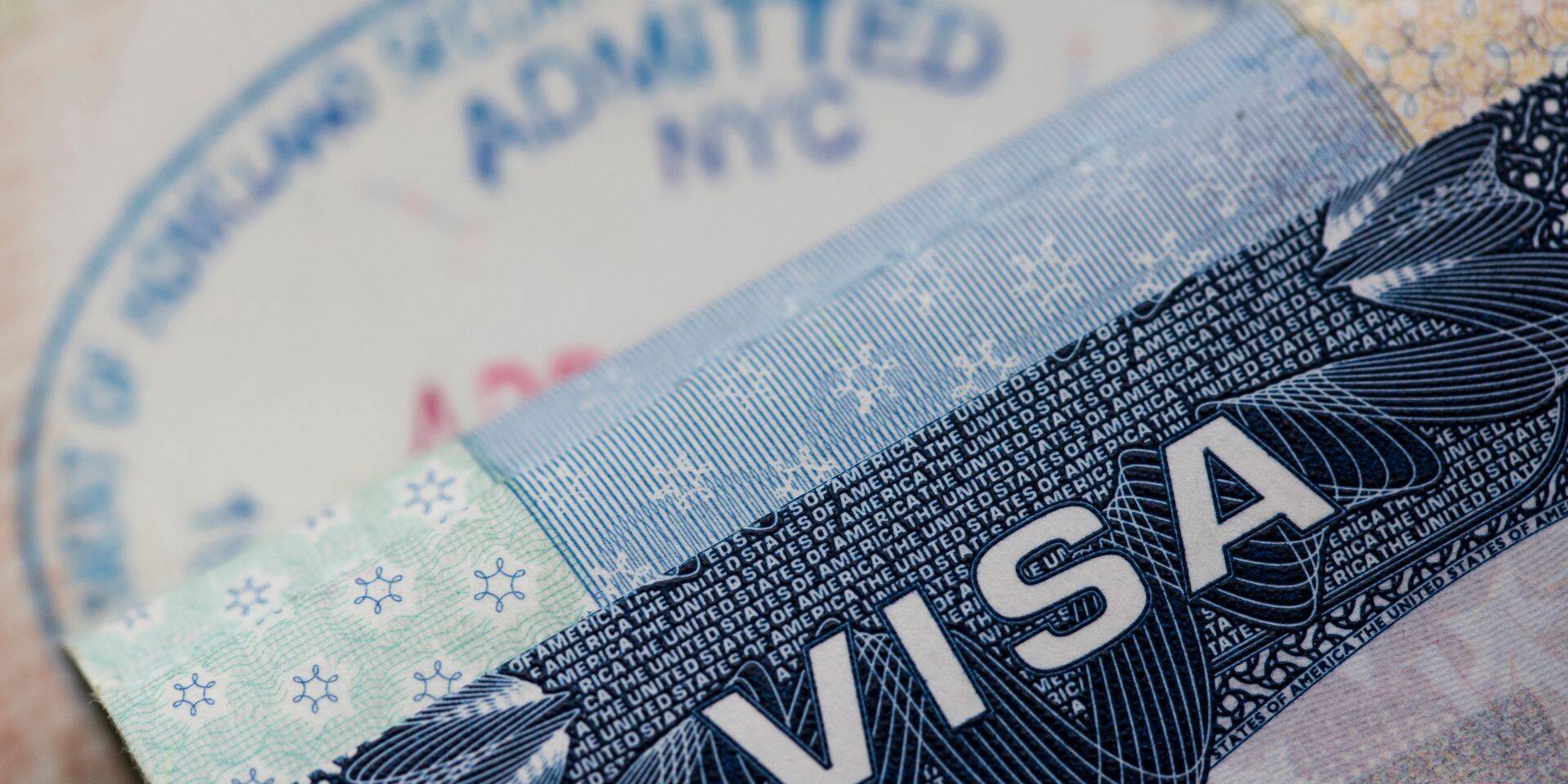In this month’s Chats with Charlie for the November 2021 Visa Bulletin, Charlie Oppenheim, Chief of the Visa Control and Reporting Division for the Department of State, explained the retrogressions experienced for India in the EB-3 category, while making some predictions for the rest of the fiscal year in the employment-based categories. Questions are submitted in advance for each of these chats, with Charlie answering as many as possible. Charlie also announced his retirement, making this his last Chats with Charlie webinar.
In explaining the retrogressions, Charlie highlighted the estimated FY 2022 Employment-Based Annual Limits, comparing them to the minimum visa demand within the October 2021 Final Action Dates. The key takeaways are:
- Within EB-2, while there are an estimated 80,080 visa numbers available, the demand based on the October 2021 Final Action Dates is 75,910
- Within EB-3, while there are an estimated 80,080 visa numbers available, the demand based on the October 2021 Final Action Dates is 92,437. In other words, one month into the fiscal year, the demand already exceeds the available visas.
- Within EB-3, the estimated FY 2022 per-country annual limit for India is 5,605, while the demand based on the October 2021 Final Action Dates is 44,751. This means the demand significantly exceeds the number of visas currently available for EB-3 for India.
While answering questions about the coming year, Charlie provided the following insight:
- Charlie predicts EB-2 for India and China will advance a few months in the December Visa Bulletin
- Charlie confirmed the family annual limit will remain at 226,000. He adjusted his previous comments on the employment annual limit for FY 2022 to approximately 280,000.
- Charlie indicated that EB-3 is unlikely to move throughout the year since there are already sufficient India third preference applicants who filed last year who are currently in the USCIS processing pipeline. Charlie does not anticipate any new filings for EB-3 will be needed throughout the coming year, since new filings will not likely be processed based on the existing pipeline of cases pending with USCIS. If more numbers become available later based on the monthly review by the State Department, the application filing dates will advance at that time.
- Overall, Charlie’s predictions for the year are that EB-1 will remain current, EB-2 worldwide will remain current while India and China will advance slowly throughout the year, and EB-3 will not move.
If you have questions about the Visa Bulletin outlook or how to best prepare for an adjustment of status filing, contact us at ILBSG. We monitor ongoing updates to the Visa Bulletin as well as potential legislation that may impact immigration policies.
Chats With Charlie November Visa Bulletin: Questions and Answers
Below is a complete summary of the webinar, with the employment-based questions and answers provided:
Q: Last month you said there was a 7% per country limit and seemed to defend the policy which I believe is a discriminatory rule. Why?
A: It’s a good question. I mentioned the 7% per country limit because we have been receiving numerous questions asking specifically why the India employment third preference category was not receiving more numbers, and because I felt that many listeners are not familiar with the intricacies of the Immigration and Nationality Act. The decisions which I’ve always made in the determination of the dates are based on the legally mandated guidelines in the INA, and they’re not arbitrary decisions on my part. Although Congress allows me to make discretionary decisions based on reasonable estimates which I’ve always done and typically in the applicants’ favor. I cannot legally make a decision once it is no longer reasonable to make estimates indicating for example that India would be entitled to using more numbers. For example, early last year I made the determination that the worldwide employment third preference number use would be insufficient to use all the numbers under the annual limit. At that point, I began advancing the India employment third preference and the China employment third preference dates at a very rapid pace. Although the employment third preference limit for fiscal 2021 was approximately 5200 numbers, the actions I took in advancing the India date allowed over 15,000 Indian employment third preference applicants to receive visas during the fiscal year 2021.
Q: As late as August you’ve been saying you did not expect any retrogression of the fiscal year 2022 final action or application filing dates. Then during last month’s YouTube event, you said that the potential retrogressions announced in the October Visa Bulletin were based on discussions with USCIS during their inventory. Shouldn’t you have known about the inventory totals long ago?
A: Yes. The inventory totals for all the employment categories were known long ago. But it’s important to remember the only retrogressions that have occurred are with the India and China employment third preference categories. The “no retrogression” comments that I made earlier in the year had been based on the expectation that despite immigration doing their best to fully utilize numbers during the fiscal year 2021, that they wouldn’t be able to sustain that level of effort as we entered the fiscal year 2022. But then in late August, early September, when I was discussing their staffing situation with USCIS officials, they indicated that they believed that their processing efforts would be sustained at a very high level for the foreseeable future, and because of that, countries that have not fully utilized their employment third preference limitation could potentially need numbers. Therefore, it was necessary to retrogress the dates for both China and India to keep number use within the overall employment third preference limit.
Q: I understand that there continues to be some uncertainty with what the fiscal year 2022 limits might be based on potential legislative efforts. That being said, do you have any information regarding what fiscal year 2022 family and employment annual limits will be?
A: Yes, the family annual limit will remain at 226,000. It has been at that level for almost two decades, and without legislative changes, I don’t foresee any change in that annual limit. The employment annual limit for the fiscal year 2022 will be approximately 280,000. I had earlier been projecting that it might be as high as 290,000, but overseas processing of family cases during the month of September utilized more of the family numbers than expected. Therefore, there were fewer numbers to fall across to employment, approximately 10,000 fewer numbers to fall across for employment use during the fiscal year 2022. Again, there have been talks of legislative changes, I can say that the later in the fiscal year that any type of legislative changes are enacted, that could complicate visa availability for the remainder of the year depending on if those changes benefit or are detrimental to either the family or employment categories. We will have to wait and see what happens.
Related Posts
May 8, 2025
Immigration Officials used Criminal Database for Student Visa Terminations
DHS revealed they used the FBI-ran NCIC…
May 5, 2025
Big Tech Provides ICE with New Immigration Tracking Software
Federal officials are teaming up with a…


